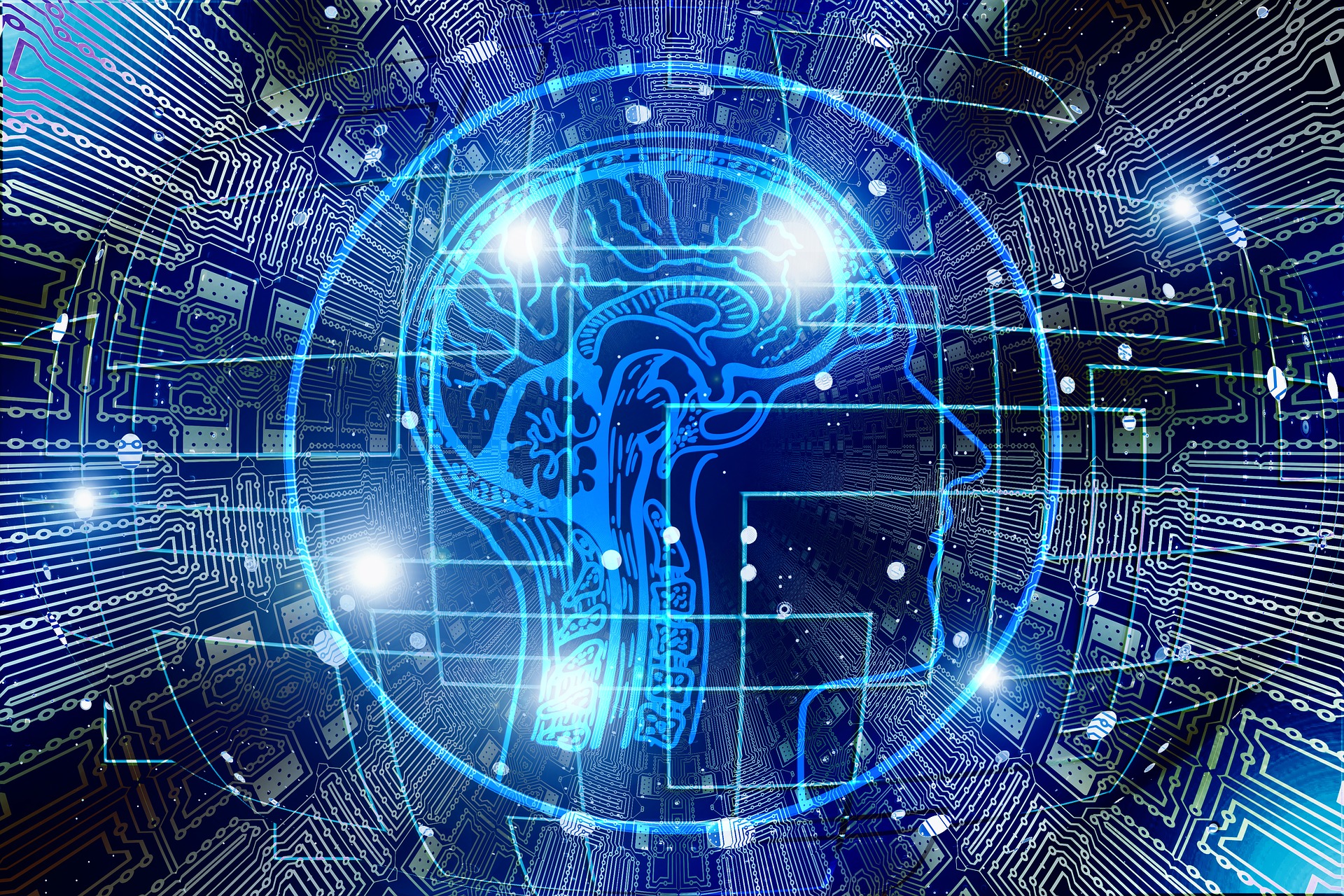In a world characterized by relentless technological innovation, the protection of intellectual property has never been more critical. Patents are the bedrock of intellectual property rights, providing inventors and innovators with a legal shield to safeguard their creations. At the heart of any patent lies its claims, which delineate the boundaries of what is protected.
However, as patent portfolios grow exponentially and litigation becomes increasingly complex, the manual process of mapping patent claims has become a formidable challenge. Artificial intelligence (AI), a transformative force in the legal realm, offering innovative solutions to streamline patent claim mapping.
Any company, patent office, or academic institution that works with patents—generating them through innovation, processing applications about them, or developing sophisticated ways to analyze them—will benefit from doing patent analytics and machine learning in Google Cloud.
In this comprehensive exploration, we delve into the intriguing intersection of AI and patent law, unraveling the profound impact of AI on patent claim mapping, and the ethical and legal considerations that accompany this technological revolution.
Understanding Patent Claims
To understand the role of AI in patent claim mapping, one must first grasp the essence of patent claims themselves. In essence, a patent claim defines the precise scope of what is protected by a patent. It’s the legal embodiment of an invention. Patent claims come in various forms: independent claims, dependent claims, method claims, and more. These claims are meticulously crafted to be both broad enough to provide protection and narrow enough to be novel. The careful balance between breadth and novelty makes patent claims the cornerstone of patent law.
The fundamental role of patent claims is to establish a clear boundary between what is protected and what is not. This demarcation is crucial not only for inventors seeking to protect their intellectual property but also for competitors trying to navigate the crowded landscape of technological innovation without infringing on existing patents.
The Traditional Approach to Patent Claim Mapping
Historically, the mapping of patent claims has been a painstakingly manual endeavor. Patent examiners, attorneys, and IP professionals have relied on their expertise and human cognition to read, analyze, and compare patent claims. The process involves scouring through extensive databases of patents, extracting relevant information, and mapping claims across different patents to identify similarities and overlaps.
However, this traditional approach to patent claim mapping is fraught with challenges. The sheer volume of patents in existence today makes manual mapping a time-consuming and error-prone task. It’s akin to searching for a needle in a haystack, with the haystack growing exponentially each year. This is where AI steps in as a game-changer.
AI in Patent Claim Mapping
Artificial intelligence, a field of computer science that leverages machine learning, natural language processing, and data analytics, has demonstrated a remarkable aptitude for handling complex and data-intensive tasks. When applied to patent claim mapping, AI can revolutionize the process in several ways.
Data Collection and Preprocessing: AI can swiftly gather patent data from various sources and preprocess it for analysis. This includes cleaning and standardizing patent documents, extracting relevant information, and organizing it for further processing.
Natural Language Processing for Claim Analysis: One of the most impressive feats of AI in patent claim mapping is its ability to understand and analyze natural language. AI algorithms can decipher patent claims, breaking them down into their constituent elements and identifying key concepts, technologies, and legal language.
Machine Learning Algorithms for Similarity and Mapping: AI employs advanced machine learning models to compare and map patent claims. These models can identify similarities, overlaps, and potential infringements more accurately and rapidly than human experts. They can analyze vast patent portfolios in a fraction of the time it would take a human, while also reducing the risk of oversight.
Benefits of AI in Patent Claim Mapping
The integration of AI into patent claim mapping offers a multitude of advantages:
- Speed and Efficiency: AI algorithms can process and map patent claims at a pace that is simply unattainable by humans. This acceleration is invaluable in a world where time-to-market is often the key to success.
- Accuracy and Consistency: AI models are not susceptible to the fatigue, biases, or inconsistencies that can affect human experts. This ensures a higher level of accuracy and consistency in patent claim mapping.
- Scalability: As the number of patents continues to grow, the scalability of AI becomes increasingly important. AI systems can effortlessly handle large patent portfolios and adapt to the evolving patent landscape.
AI-Based Tools and Technologies for Patent Claim Mapping
Numerous AI-based tools and technologies have emerged to cater to the needs of patent professionals. These tools span a range of functionalities, from patent search and analysis to claim mapping and prior art identification.
Patent Search Engines: AI-powered patent search engines leverage natural language processing to provide highly relevant search results. They can help inventors and patent professionals identify existing patents that may be relevant to their inventions.
Claim Mapping Software: Specialized software equipped with AI algorithms can analyze patent claims, identify similarities, and generate comprehensive claim maps. These maps serve as valuable tools for patent attorneys, inventors, and businesses to assess the patent landscape.
Prior Art Identification: AI tools can assist in identifying prior art, which is crucial in the patent application process. By analyzing vast databases of existing patents and publications, AI can pinpoint prior art references that may affect the patentability of an invention.
Comparing AI-Based Approaches with Traditional Methods
To appreciate the true value of AI in patent claim mapping, it’s essential to contrast it with traditional methods. While both have their merits, AI stands out in terms of speed, accuracy, and scalability.
In the traditional approach, human experts rely on their domain knowledge and experience to manually review and map patent claims. This method, though thorough, is time-consuming and susceptible to human errors and biases. Additionally, as patent portfolios expand, the traditional approach becomes increasingly impractical.
AI-based approaches, on the other hand, leverage the power of algorithms and data analysis to achieve unparalleled efficiency and accuracy. They can process vast amounts of patent data in a fraction of the time, offering a competitive edge in the fast-paced world of innovation.
Challenges and Limitations of AI in Patent Claim Mapping
While AI holds immense promise in patent claim mapping, it is not without its challenges and limitations. Acknowledging and addressing these issues is crucial to harnessing the full potential of AI in the field of intellectual property.
Data Quality and Availability
AI systems heavily depend on the quality and availability of data. Inaccurate or incomplete patent data can lead to flawed mapping results. Furthermore, patent data often resides in disparate databases, creating challenges in data integration and accessibility.

Interpretability and Explainability
AI models, particularly deep learning models, are often criticized for their “black-box” nature. Understanding how AI arrives at its mapping decisions can be challenging, raising concerns about transparency and accountability.
Legal and Ethical Considerations
The use of AI in patent claim mapping raises legal and ethical questions. Privacy, data security, and compliance with intellectual property laws must be carefully considered. Ensuring that AI-powered mapping adheres to legal standards is of paramount importance.
Potential Biases in AI Models
AI systems can inadvertently perpetuate biases present in the training data. This could lead to biased mapping results, potentially favoring certain industries or technologies while disadvantaging others.
Future Trends and Developments
As AI continues to advance, its role in patent claim mapping will evolve. Several future trends and developments are on the horizon. Ongoing research in AI promises to yield more advanced techniques for patent claim mapping. This includes enhanced natural language understanding, better algorithms for similarity analysis, and improved explainability in AI decision-making.
Policymakers and legal experts are increasingly recognizing the transformative potential of AI in patent law. This may lead to changes in regulations and guidelines governing patent examination and litigation. The integration of AI in patent law may necessitate regulatory changes. Authorities may need to establish standards for AI-powered mapping tools and address issues related to transparency and fairness.
The adoption of AI in patent claim mapping is not limited to a single industry. Its benefits extend to a wide array of sectors, each with unique challenges and opportunities. The pharmaceutical industry relies heavily on patents to protect drug formulations and medical innovations. AI can help pharmaceutical companies navigate complex patent landscapes and identify potential licensing opportunities.
In the fast-paced world of technology and electronics, innovation is relentless. AI-powered mapping enables companies to assess their freedom to operate, identify potential infringement risks, and optimize their patent portfolios. The automotive and manufacturing sectors are undergoing rapid technological transformations, including electric vehicles and Industry 4.0. AI can assist in patent landscape analysis, ensuring companies remain competitive and compliant.
Startups often lack the resources for extensive patent research. AI-based tools offer cost-effective solutions for startups to evaluate the patent landscape, assess patentability, and make informed decisions about patent strategies.
Ethical and Legal Considerations
The adoption of AI in patent claim mapping brings forth several ethical and legal considerations:
Ethical Dilemmas: AI’s ability to process vast amounts of data quickly raises questions about the ethical use of this technology. Decisions made by AI models can have significant consequences, making it imperative to consider the ethical implications of AI-generated patent maps.
Legal Implications and Safeguards: The legal profession must grapple with the integration of AI into patent law. Questions surrounding liability in cases of AI-generated mapping errors and the need for standardized auditing mechanisms must be addressed.
The Role of Patent Attorneys and Professionals: AI may enhance the efficiency of patent claim mapping, but it does not replace the expertise of patent attorneys and professionals. Their role in interpreting and applying mapping results, as well as ensuring compliance with legal standards, remains vital. In the realm of patent law, where innovation is king, the role of AI in patent claim mapping cannot be overstated.
It represents a seismic shift in how intellectual property is protected, assessed, and leveraged. AI’s ability to swiftly and accurately analyze patent claims is a testament to the transformative power of technology in the legal field.
As we embrace the advantages of AI in patent claim mapping, it is imperative to remain vigilant. Ethical considerations, legal safeguards, and regulatory changes must accompany this technological revolution. The future of patent law is undoubtedly intertwined with the evolution of AI, and it is a future that promises to be both challenging and immensely rewarding.
The adoption of AI in patent claim mapping is not just a leap forward; it’s a quantum leap into a new era of intellectual property protection and innovation management. As we navigate this uncharted territory, we must remember that while AI can map the claims, it is the ingenuity of human minds that defines the boundaries of invention and creativity. In this synergy between AI and human expertise, lies the path to a future where innovation thrives and intellectual property is safeguarded as never before.
